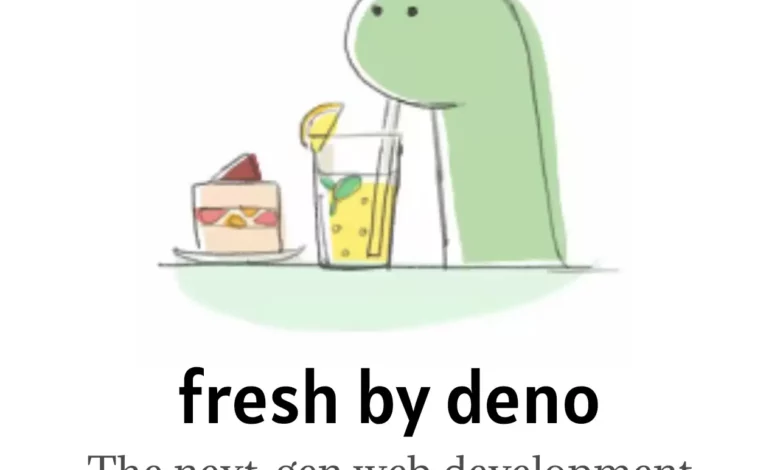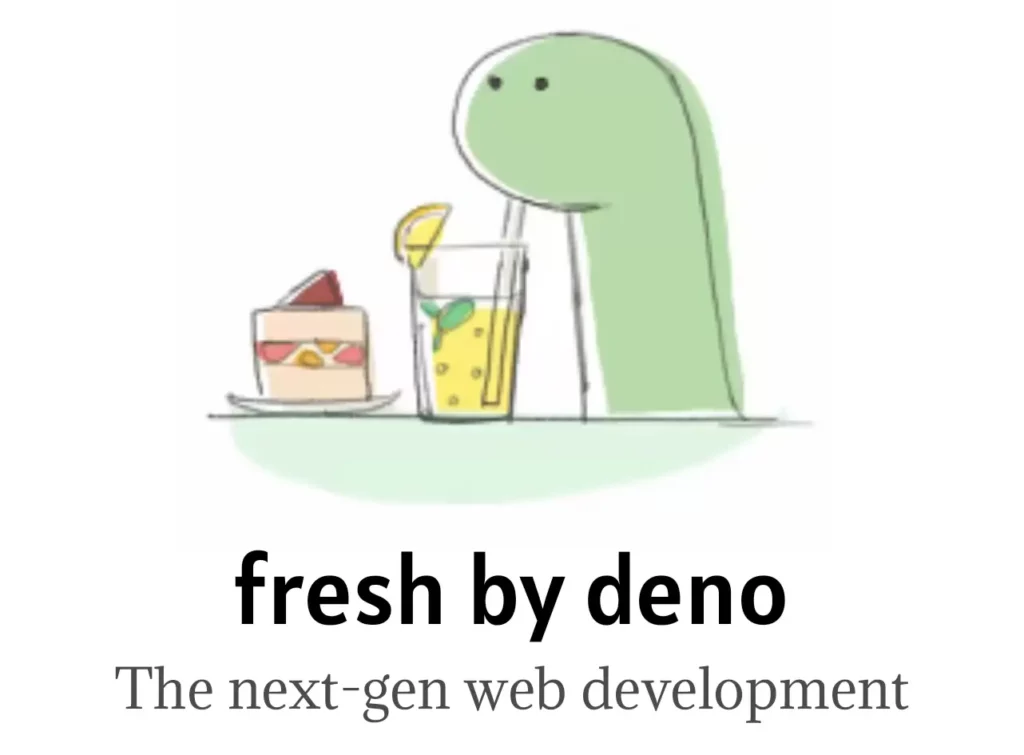What is fresh ? The full stack web framework for deno js


In recent days there has been a lot of talk about a new framework called Fresh by Dino for web development using JavaScript.
In this article, we will learn about it in detail.
What is fresh 1.0 ?
A new full stack web framework for Deno is called Fresh. Web pages created using Fresh by default convey no JavaScript to the client. The absence of a build phase in the framework allows for orders of magnitude faster deployment times. The first stable version of this framework is being released today.
Deno was developed by Ryan Dahl, the creator of Node.js, it is written in Rust and runs on the same V8 engine as Google Chrome. Deno supports modern web APIs, including ES modules as standard, and TypeScript as its primary language.
Learn also : Best editor for web development 2022
The Deno company launched the first beta of Deno Deploy in June 2021. This serverless hosting service is currently active in 33 data centers worldwide. At the time, Dahl stated, “Deploy does not run on AWS Lambda or use Cloudflare Workers; this is a new system with an unique design. Every push to a connected repository that uses Deploy’s integration with GitHub updates an application right away. TypeScript, JSX (a JavaScript extension used by React components), ES modules, and remote HTTPS imports are all natively supported.
This video will help you learn more about Fresh :
Features of fresh web framework
- Fresh 1.0 uses a new technique, in which clients receive 0 KB of JS by default. one where only small islands of interaction require re-rendering on the client, while the majority of rendering is handled by the server. a design where the developer voluntarily chooses to enable client-side rendering for particular components.
- Fresh’s primary functionality is a routing framework and templating engine that renders pages on a server as they are requested. For maximum interactivity, Fresh includes an interface for seamlessly rendering some components on the client in addition to this just-in-time (JIT) rendering on the server. For rendering and templating on both the server and the client, the framework makes use of Preact and JSX (or TSX). Since client rendering is entirely optional at the component level, many applications won’t even ship any JavaScript to the client.
- There is no build step in Fresh. Any necessary interpretation of TypeScript or JSX to plain JavaScript is done just-in-time, as needed. The code you write is directly the code that is run on the server and client-side. This makes quick iteration loops and immediate deployments possible.
- This framework is a completely integrated system for creating websites, not just a frontend framework. Any form of request can be handled at will, and you can also make database requests and return bespoke replies.
- This must be quick because Fresh depends so much on dynamic server side rendering. As a result, runtimes like Deno Deploy, Netlify Edge Functions, and Supabase Edge Functions are excellent choices for running Fresh on the edge. This reduces network latency by bringing rendering close to the user physically.
- For use in production, fresh is a stable release that can be trusted. It is widely used in Deno’s public web services.
Fresh advantage
- It is an open source.
- lightweight CSS and Java Script.
- This framework helps keep styling easy and under control.
- It designed for small web apps and project .
- Beautiful Typography with Lato.
- Beautiful styling and beautiful code.
- Easy to Customize.
- Customization is as simple as CSS.
- TypeScript support out of the box.
- No build step.
- No configuration necessary.
